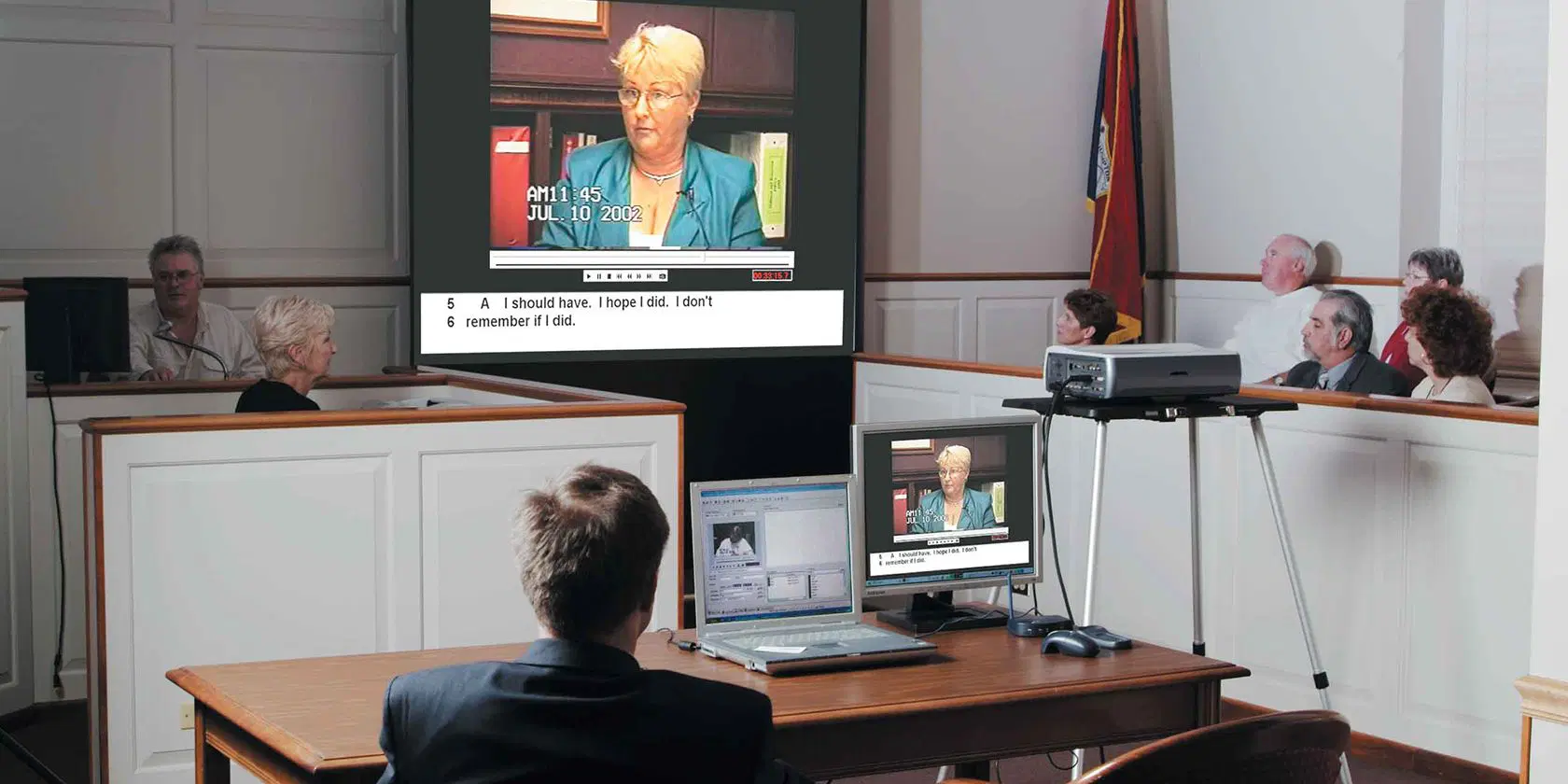Mesmerize the Jury: Essential Components of a Powerful Trial Presentation
Crucial aspects such as comprehending the target market, crafting a compelling narrative, and mastering spoken and non-verbal communication are crucial parts of an effective discussion. As these elements link, they develop a cohesive strategy that not just educates yet likewise engages jurors on multiple levels.

Understanding Your Audience
Understanding your audience is an essential element of reliable test discussion. A successful presentation rests on the ability to realize the demographics, values, and proneness of jurors. This comprehension informs exactly how disagreements are framed, evidence exists, and emotional allures are crafted, making certain that the message resonates with the jurors on a personal degree.
Research suggests that jurors come from varied histories and might have differing degrees of recognizing regarding lawful procedures. Furthermore, comprehending the jurors' prospective predispositions and life experiences enables the test speaker to prepare for arguments and address problems proactively.
Reliable test presentation likewise entails observing jurors' responses during the proceedings. Being attuned to non-verbal signs can give understanding right into their involvement and receptiveness, permitting real-time modifications in strategy. Ultimately, an extensive understanding of the target market not just improves communication yet additionally develops connection, boosting the probability of a beneficial outcome. Involving with jurors as individuals instead of a cumulative device is necessary in promoting a strong link in the courtroom.

Crafting a Compelling Narrative
Crafting a compelling story is crucial in assisting jurors with the intricacies of a situation. A well-structured story not just simplifies detailed legal concepts however also involves jurors on a psychological degree, making the information extra relatable and unforgettable.
To achieve this, lawyers ought to begin by determining the core message they wish to communicate. This message should reverberate with the jurors' values and experiences, promoting a connection that goes beyond mere truths. The story must unravel realistically, offering events in a clear series to prevent confusion. This sequential approach can assist jurors follow the development of events, highlighting reason and effect.
Incorporating human aspects-- such as personal tales or stories-- can further improve the narrative's impact. These aspects stimulate empathy, allowing jurors to picture the effects of the instance on the real worlds. Additionally, employing a constant motif throughout the presentation reinforces the main argument, making it much easier for jurors to maintain vital factors.
Inevitably, a compelling story changes a test discussion from a simple address of realities right into an influential tale that astounds the court, motivating them to mull over with both reason and emotion.
Utilizing Aesthetic Help
Incorporating visual aids right into a test presentation can significantly boost jurors' understanding and retention of info. Visual products such as graphes, representations, photographs, and video clips can transform complex lawful ideas and evidence right into easily absorbable styles. By engaging several senses, these aids permit jurors to imagine the case's crucial elements, making it less complicated for them to comply with along and understand intricate information.
Furthermore, properly designed visual help can emphasize crucial points and highlight connections in between different items of evidence. Timelines can successfully illustrate the sequence of occasions, while annotated photos can make clear certain details relevant to the situation. This not just aids in understanding however additionally reinforces the narrative presented by the attorney.
Overly intricate or messy visuals might overwhelm jurors and take away from the message. Ultimately, effective visual interaction can be an effective tool in convincing jurors and helping them reach educated conclusions.
Mastering Verbal Interaction
Reliable verbal interaction is important in a trial presentation, as it acts as the primary means whereby attorneys share their disagreements and connect with jurors. Grasping this ability entails quality, persuasion, and interaction. Lawyers should express their points plainly and briefly, preventing legal lingo that may perplex jurors. Simpleness in language promotes understanding and helps jurors understand complex concerns provided during the test.
Moreover, tone and pacing substantially impact just how messages are received. A positive tone conveys authority, while proper pacing permits jurors to take in details without feeling bewildered. Lawyers ought to additionally vary their singing inflections to highlight key factors and keep over here jurors' interest throughout the discussion.
Additionally, the organization of verbal debates is important. Structuring the narrative logically and coherently helps jurors comply with the lawyer's line of reasoning, making it much easier for them to keep critical information. Utilizing influential techniques, such as storytelling, can likewise boost the emotional vibration of the debates offered, consequently developing an extra profound connection with jurors.
Eventually, understanding verbal communication not only enhances an attorney's instance however additionally cultivates trust and rapport with the jury, substantially improving the possibilities of a favorable verdict.

Engaging With Body Language
Nonverbal interaction plays an essential duty in trial discussions, often conveying messages that words alone can not reveal. Body language, including motions, position, face expressions, and eye call, significantly influences how jurors perceive the integrity and genuineness of the presenter. A confident stance, with shoulders back and an open position, can instill count on, while closed-off body language may suggest defensiveness or try these out uncertainty.

Facial expressions should reflect the feelings connected with the case, reinforcing the narrative existing. A genuine expression during a poignant minute can generate compassion and strengthen the psychological charm. Eventually, mastering body movement is crucial for efficient trial presentations, as it improves spoken interaction and establishes an engaging existence that resonates with the court.
Final Thought
To conclude, captivating the court requires a strategic strategy that includes understanding the target market, crafting a compelling narrative, making use of visual help, mastering spoken communication, and involving through body language. Each aspect plays a vital role in producing a powerful test discussion that resonates with jurors on both psychological and intellectual degrees (trial presentation). By integrating these elements properly, lawyers can substantially boost their capacity to persuade and influence court decision-making